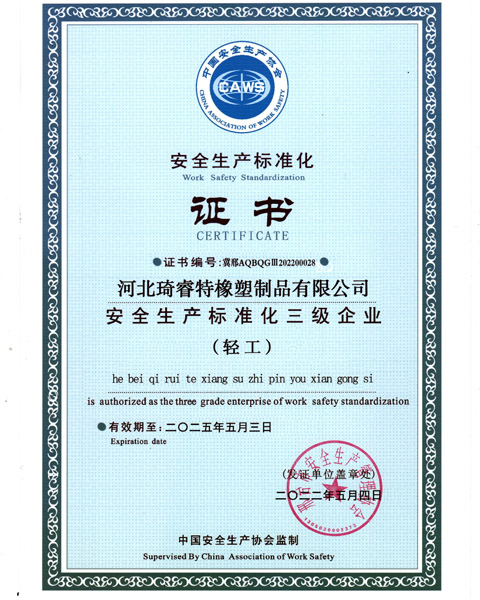gm power steering hose
Understanding GM Power Steering Hose A Complete Guide
The power steering system is an essential component of a vehicle, allowing drivers to operate their cars with minimal effort. At the heart of this system lies the power steering hose, which plays a crucial role in conveying hydraulic fluid that assists in steering maneuverability. For General Motors (GM) vehicles, understanding the specifics of the power steering hose can make a significant difference in vehicle performance and maintenance.
What is a Power Steering Hose?
The power steering hose is a vital part of the hydraulic steering system. It connects the power steering pump to the steering gear or rack. This hose is responsible for transporting hydraulic fluid—pressurized by the pump—directly to the steering mechanism. The adjustment of this fluid allows the driver to steer with ease, especially at low speeds or while parking.
Types of Power Steering Hoses
GM vehicles typically employ two types of power steering hoses the high-pressure hose and the return hose.
1. High-Pressure Hose As the name suggests, this hose deals with the high-pressure hydraulic fluid that comes directly from the power steering pump. It needs to be robust and durable to withstand the high pressure generated during operation. High-pressure hoses are usually constructed from reinforced rubber or metal.
2. Return Hose This hose is responsible for returning the hydraulic fluid back to the pump after it has passed through the steering mechanism. The pressure in this hose is significantly lower than that in the high-pressure hose, and it typically utilizes a simpler design. However, it must still be resilient against wear and tear from exposure to heat and fluid.
Signs of Power Steering Hose Failure
gm power steering hose

Recognizing the signs of a failing power steering hose is critical for maintaining your GM vehicle. Some common indicators include
- Fluid Leaks One of the most obvious signs of a failing power steering hose is leaking fluid. If you notice a puddle or spot under your vehicle, it could be power steering fluid escaping from a worn hose. - Steering Difficulty A stiff or unresponsive steering wheel can indicate that the power steering system is not receiving adequate hydraulic fluid due to a hose issue.
- Noise If you hear whining or groaning sounds when turning the steering wheel, it may be due to low fluid levels resulting from a leak in the power steering hose.
- Warning Lights In some vehicles, the power steering warning light may illuminate if there are issues within the system, including a faulty hose.
Maintenance and Replacement
Regular inspection of the power steering hoses can prevent many common issues. Inspect hoses for signs of wear, cracking, or swelling. It’s also advisable to check the fluid levels regularly and top off with the manufacturer’s recommended type of fluid.
If you detect any signs of damage or if your vehicle exhibits troubling symptoms, it’s best to replace the hose as soon as possible. Replacement is a relatively straightforward process but often requires a professional mechanic, especially to ensure that the system is properly bled of air after installation.
Conclusion
Understanding the importance of the power steering hose in GM vehicles is essential for any car owner. By recognizing the types of hoses, monitoring for signs of failure, and adhering to a regular maintenance schedule, you can help ensure that your vehicle's steering system operates smoothly and safely. Investing time in this vital part of your vehicle not only enhances driving comfort but also contributes to overall safety on the road. When in doubt, consult with a trusted mechanic to address any concerns regarding your power steering system.
-
Ultimate Spiral Protection for Hoses & CablesNewsJun.26,2025
-
The Ultimate Quick-Connect Solutions for Every NeedNewsJun.26,2025
-
SAE J1401 Brake Hose: Reliable Choice for Safe BrakingNewsJun.26,2025
-
Reliable J2064 A/C Hoses for Real-World Cooling NeedsNewsJun.26,2025
-
Heavy-Duty Sewer Jetting Hoses Built to LastNewsJun.26,2025
-
Fix Power Steering Tube Leaks Fast – Durable & Affordable SolutionNewsJun.26,2025

